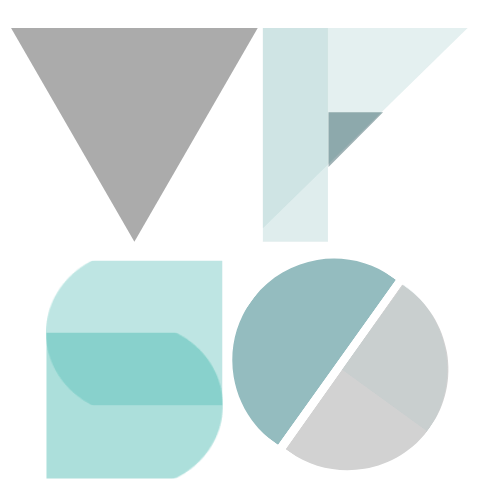Organization
Justice and Peace Netherlands: At Justice and Peace, we believe that local change makers are the key to progress for human rights and social justice for all. Our action focuses on empowering these peaceful individuals who promote equality, freedom of thought and expression, the rights of refugees or a healthy environment. Together with our Dutch and international partners, we provide them with shelter, training, network opportunities and capacity building.
http://www.justiceandpeace.nl/
Project Information
We need to develop a data pipeline (from raw data to visualization) on the operating environment of human rights defenders globally. An accessible way to see and understand trends, outliers, and patterns in our data in order to make data-driven decisions. With the current dataset we would like to explore 3 different forms of static and interactive visualizations: 1 comparative visualization for the responses received by legal experts and human rights defenders globally, 1 country and/or regional visualization, and 1 thematic (LGBTI or other group specific visualization e.g. women).
Call-to-Action
1. Human rights defenders and civil society organisations will use the visualization to carry out evidence-based policy influencing at national, regional and international level.
2. Citizens and (marginalised) communities of the countries in which the human rights defenders are active will read the visualization and become more active in democratic processes.
3. Actors which provide support and protection to human rights defenders, including not only Justice and Peace Netherlands, but also organs of the European Union and the United Nations, as well as donors and National Human Rights Institutions, the visualisation will provide them with a deeper understanding of the civil society landscape, and will use reliable visualizations to prioritise issues and justifying the need of immediate measures, but also to comparatively identifying trends and patterns of abuses worldwide and take joint actions.
4. For the network of universities educating on human rights and democracy, the visualization will be the basis for further analysis and research, which will further strengthen also the link from evidence to policy.
5. For national policymakers, political authorities and legislatures the visualization will provide them with evidence and data to support effective implementation, to improve implementation standards and systematically monitor situations.
Audience
1. Human rights defenders and civil society organisations
2. Actors that provide support and protection to human rights defenders and civil society organisations (including the EU, the UN, donors, National Human Rights Insitutions etc)
3. Universities education on human rights
4. National Policymakers
Use of Data Visualization
The visualization will be used for the website, as well as printed reports and social media.
Data
Data comes mainly through our online survey available here: https://eu.jotform.com/JPNL/HRDIF but also through our encrypted form here:https://form.jotformeu.com/JPNL/encrypted-HRDIF
But also through the applications to our Shelter City Programme.
Each row of data represents an individual response, while the column in the table represent the responses to the survey questions (location, YES/NO, country, occupation, gender and much more).
We are collecting data through the Shelter City application since 2012, and through the survey since last year. Regarding countries, we try to have a global outreach but for now it is only from +/- 60 countries. When it comes to rows is +/-340 rows.
Data from the survey can be made available in Excel, PDF and or CSV. Data of the applications is available in PDF only.
How to Participate
Sign up as a volunteer, if you haven’t.
Use the hashtag #VizforSocialGood on Twitter to submit your visualization(s) and a link (if applicable).
Mention @VizFSG and @Justice_PeaceNL.
Deadline
9/15/2019 (11:59 pm PST).
